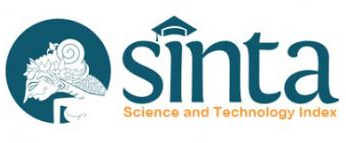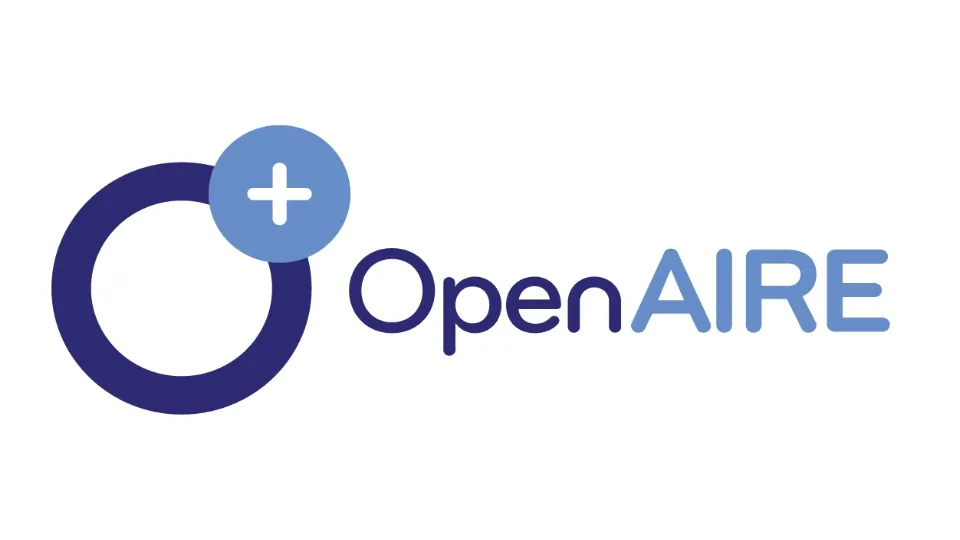Pendidikan Pengguna Di Perpustakaan Daerah Jawa Tengah Menggunakan Animasi 3 Dimensi Berbasis Muvizu
DOI:
https://doi.org/10.21154/pustakaloka.v11i2.1691Keywords:
3D Animation, Muvizu, User Education in LibraryAbstract
Animation technology have developed in the last few decades rapidly. Many animation tools can be used to make a 3D animations by users easily one of which is Muvizu software. It can be used without specialist skills, so users can reduce the time needed to create 3D animation movie. Muvizu is used for the develope a 3D animation that used as a media of user education programs in the library, so the program can use at any time. The research method used ADDIE models beginning with analysis, design, development, implementation which is tested to experts and evaluation at each step. This research is foccus on designing and developing 3D animation using muvizu software consist of story development, pre-production, production, and post-production. The results of the research from material expert showed very good results on general material aspects and user education content. While the results media expert showed very good on the aspects of software engineering, audiovisual communication, and learning design.
Downloads
Published
Issue
Section
License
Requirements to be met by the author as follows:
- Author storing copyright and grant the journal right of first publication manuscripts simultaneously with licensed under the Creative Commons Attribution License that allows others to share the work with a statement of the work's authorship and initial publication in this journal.
Authors can enter into the preparation of additional contractual separately for non-exclusive distribution of a rich version of the journal issue (eg: post it to an institutional repository or publish it in a book), with the recognition of initial publication in this journal.
Authors are allowed and encouraged to post their work online (eg, in institutional repositories or on their website) prior to and during the submission process, because it can lead to productive exchanges, as well as citations earlier and more severe than published works. (see The Effect of Open Access).















